In the vast theater of nature, some creatures have mastered the art of regeneration, making losing a limb, tail, or even an organ seem like a minor inconvenience. Imagine if people could do the same—breaking a finger wouldn’t be so bad if you knew a new one would grow back in a month or two. This isn’t science fiction for certain animals; it’s their everyday reality. From the ocean’s depths to the forest floors, animals exhibit incredible regenerative abilities. Let’s dive into the list of creatures that have this fascinating power, learning about their unique skills and the benefits they enjoy from them.
1. Starfish
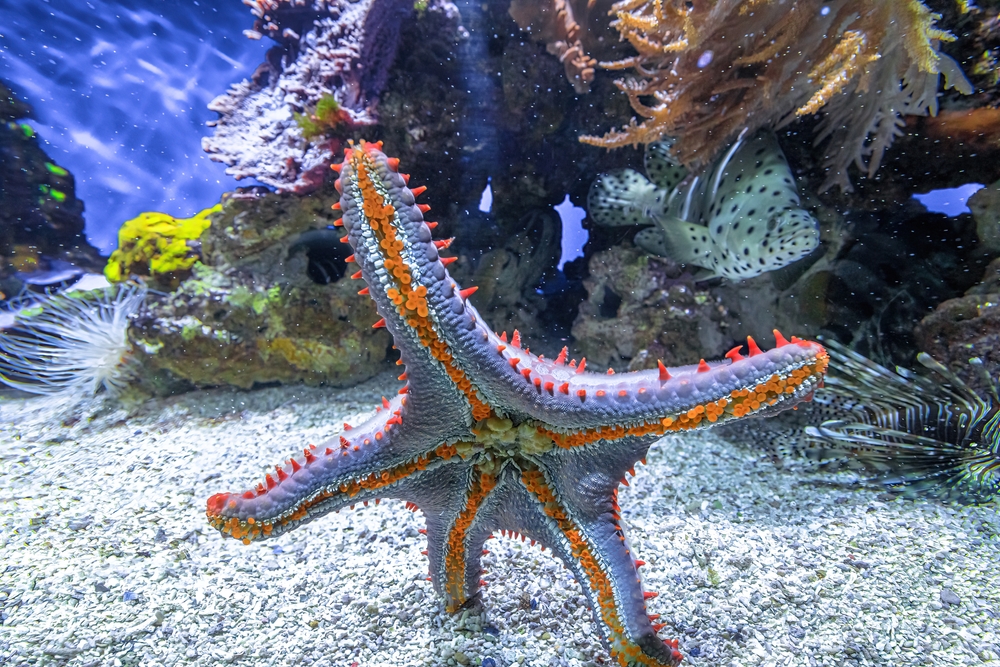
Starfish, or sea stars, are well-known for their enchanting beauty and intriguing regenerative abilities. They can regenerate lost arms, and in some cases, an entire starfish can grow from a single severed limb. This ability is not just for show; it’s an essential survival mechanism for these echinoderms. According to Outlandish Owl, when threatened by predators or caught in difficult situations, they can purposely drop an arm to escape, later growing it back. This process can take several months, but the result is a fully functional new limb.
Their regenerative capabilities are also tied to their reproductive strategies. Some species can reproduce asexually through fission, where a part of the sea star breaks off and grows into a completely new organism. This feature ensures their survival even in challenging environments. Starfish regeneration is a focus of research, as scientists study their unique ability to completely replace complex structures. It’s a fascinating topic that continues to capture the imagination of biologists and marine enthusiasts alike.In the vast theater of nature, some creatures have mastered the art of regeneration, making losing a limb, tail, or even an organ seem like a minor inconvenience. Imagine if people could do the same—breaking a finger wouldn’t be so bad if you knew a new one would grow back in a month or two. This isn’t science fiction for certain animals; it’s their everyday reality. From the ocean’s depths to the forest floors, animals exhibit incredible regenerative abilities. Let’s dive into the list of creatures that have this fascinating power, learning about their unique skills and the benefits they enjoy from them.
2. Axolotl
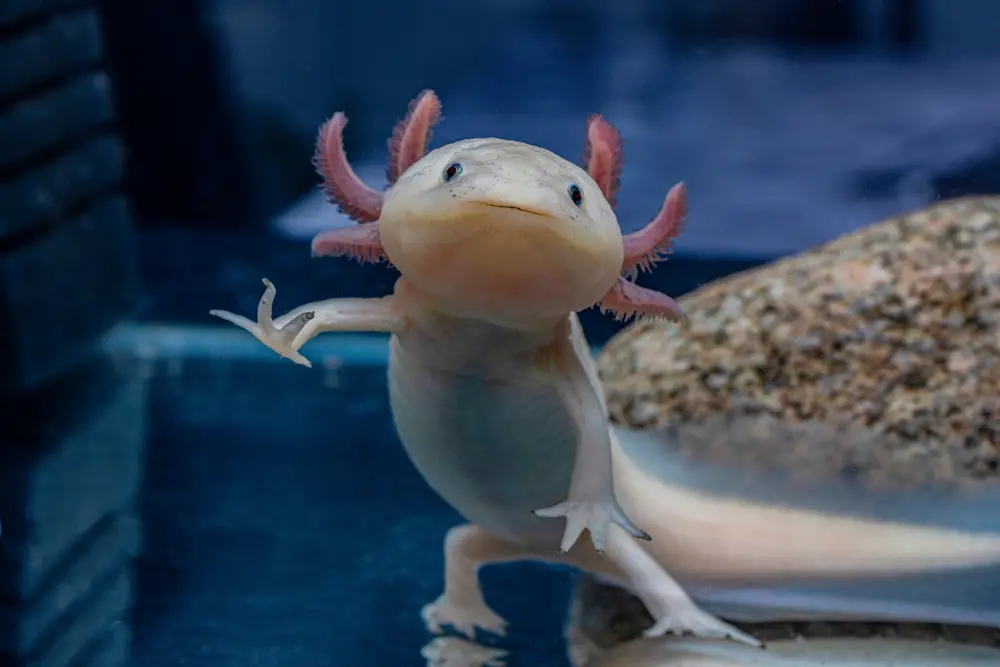
The axolotl might look like a creature from a fantasy novel, but its regenerative powers are straight out of science labs. This charming amphibian, native to the waterways of Mexico, can regenerate limbs, spinal cord, heart, and other organs without leaving a scar. They are a favorite subject in scientific studies due to their remarkable ability to regrow complex tissue structures. According to Wildlife Informer, when an axolotl loses a limb, it initiates a healing process that mirrors embryonic development, growing back exactly what was lost. This process takes just a few months and can be repeated multiple times throughout the axolotl’s life.
Adding to their mystique, axolotls are one of the few vertebrates that can regenerate almost any part of their body. This includes critical structures such as their jaw and even parts of their brain. Scientists hope to unlock the secrets of their regenerative capabilities to apply these insights to human medicine. Despite their incredible powers, axolotls are critically endangered in the wild, making conservation efforts essential. Thankfully, they are bred extensively in captivity, which helps to preserve this extraordinary creature.
3. Planarian Worm
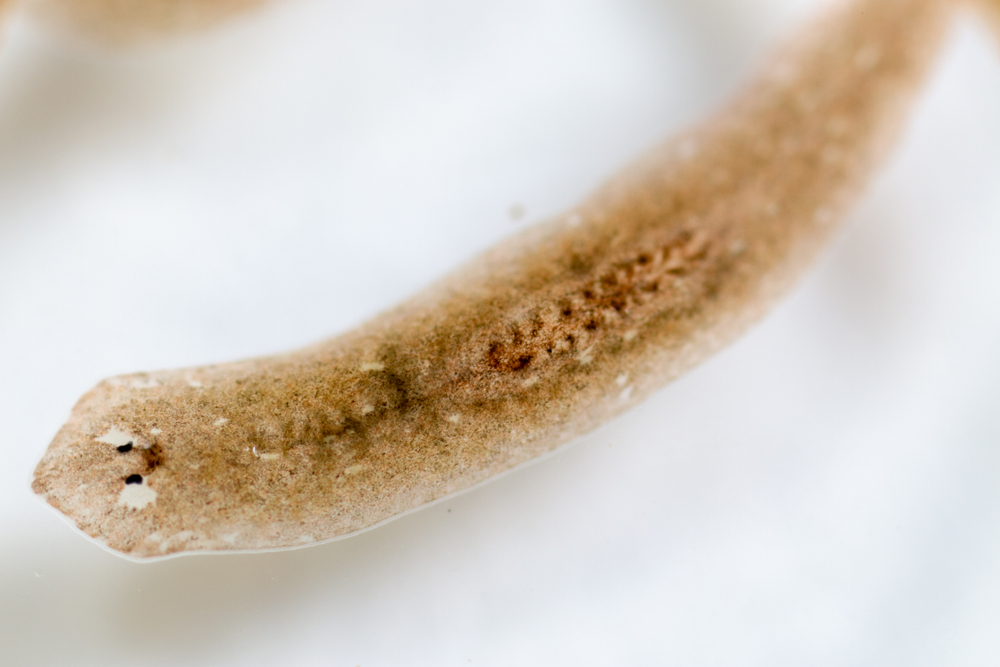
Planarian worms might not win any beauty contests, but their regenerative abilities are the stuff of legends. Cut one of these flatworms into pieces, and each piece can regenerate into a whole new worm. This extraordinary ability is due to a large number of pluripotent stem cells that allow them to rebuild their bodies from even the smallest fragments. These cells can differentiate into any cell type needed for regeneration, a feature that makes planarians a popular subject in developmental biology. What’s even more amazing is that planarians can regenerate their head and brain, complete with their neural network.
This regeneration isn’t limited to just body parts; they can also regrow their organs and even complex structures like eyes. Scientists have found that planarians retain memory even if their brain is regrown, a discovery that adds an intriguing layer to their regenerative profile. Their capacity to effectively “cheat death” through regeneration provides invaluable insights into cellular processes and tissue regeneration. This makes them a significant point of interest in the study of stem cells and regenerative medicine. While they might be simple creatures, their regenerative prowess is anything but.
4. Green Iguana
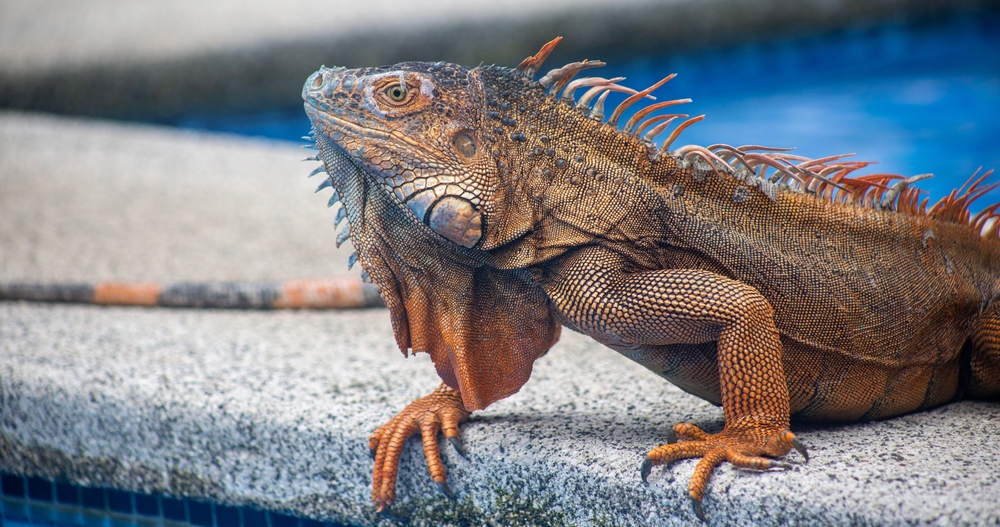
The green iguana, commonly found basking in the sun in Central and South America, is another creature with impressive regenerative skills. Known for their vibrant appearance and stoic demeanor, these reptiles can regrow their tails when they lose them. This ability is primarily a defense mechanism. According to Your House Pet, when threatened by predators, iguanas can detach their tails, which continue to wriggle and distract the predator, giving the iguana a chance to escape. Over time, a new tail grows back, though it might differ slightly in color and texture from the original.
This regrowth process is fueled by a combination of stem cells and a specialized healing response. While the new tail may not be as strong or as long as the original one, it is a functional replacement. The regrowth can take several months, depending on the iguana’s age and health. Green iguanas showcase how regeneration can be a crucial survival adaptation in the wild. Their ability to regrow tails also highlights the fascinating diversity of regenerative capacities across different species.
5. Sea Cucumber
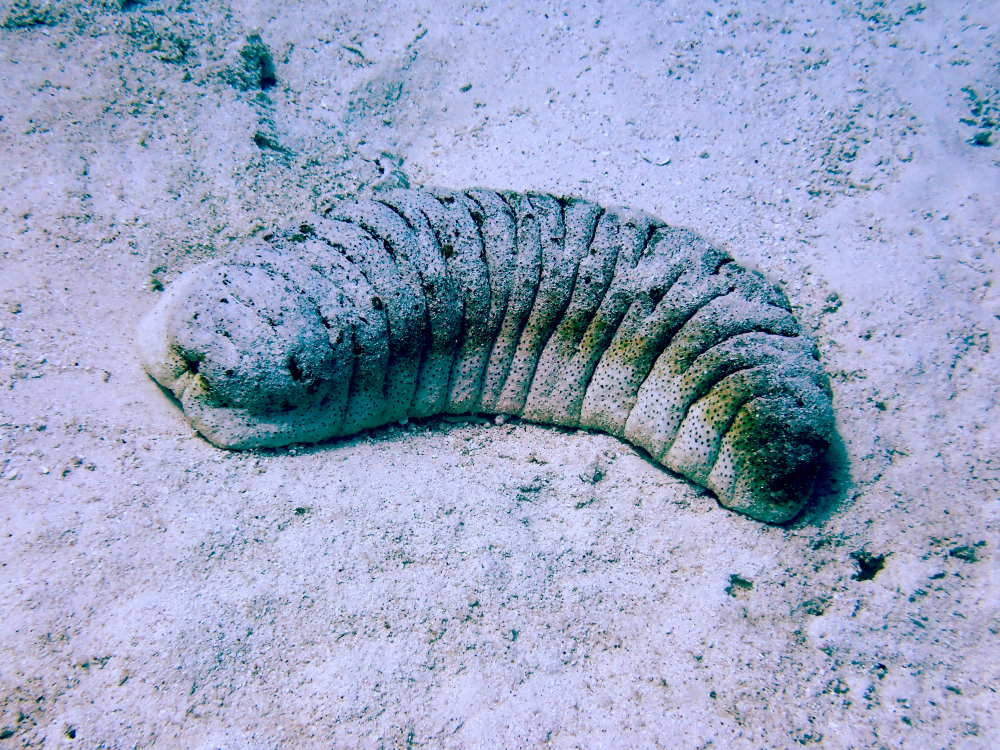
Sea cucumbers might sound unremarkable at first, but their regenerative abilities are extraordinary. These echinoderms, cousins of the starfish, can eject their internal organs when threatened and then regenerate them. This shocking defense mechanism can leave predators bewildered while the sea cucumber makes its getaway. Over time, they regrow their organs, including the intestines and respiratory tissues. This is a vital adaptation as it allows them to survive encounters with predators and harsh environmental conditions.
The regenerative process in sea cucumbers involves specialized cells that migrate to the wound site and facilitate the formation of new tissues. This ability to regenerate internal organs is rare in the animal kingdom, making sea cucumbers valuable subjects in regenerative research. Beyond their regenerative abilities, sea cucumbers play essential roles in marine ecosystems as nutrient recyclers. Their unique biology continues to intrigue scientists who study their regenerative mechanisms for potential applications in medicine. Despite their unassuming appearance, sea cucumbers are fascinating creatures with remarkable survival strategies.
6. Spiny Mouse
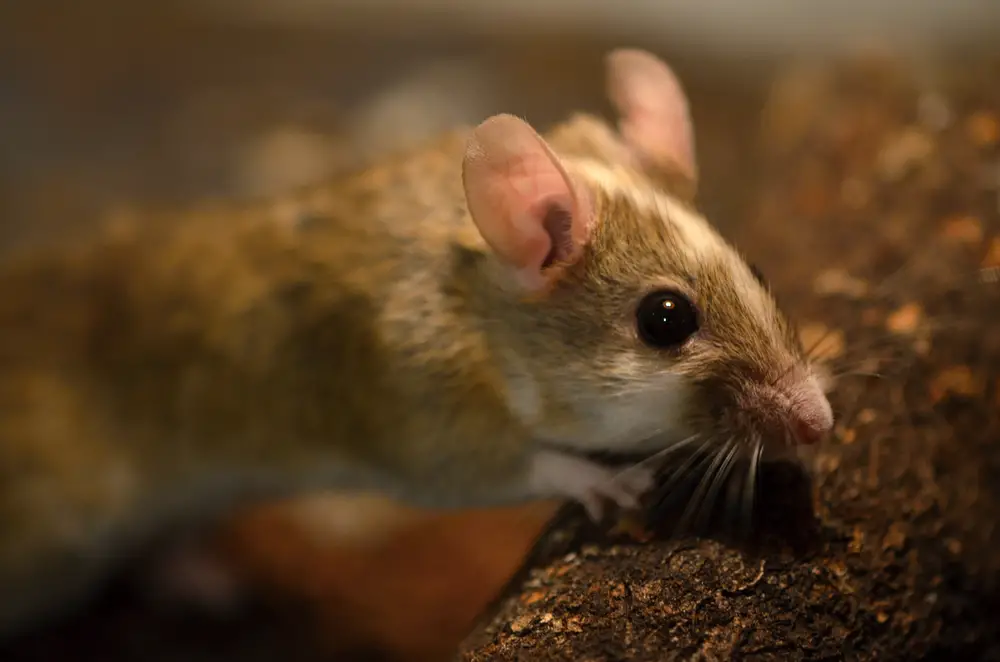
Spiny mice might look like ordinary rodents, but they possess remarkable regenerative abilities that set them apart. Native to Africa, these mice can regrow skin, cartilage, and even parts of their ears. Their ability to heal and regenerate without scarring is a subject of intense study in the field of regenerative medicine. Spiny mice can shed portions of their skin to escape predators, similar to how some lizards lose their tails. The regeneration process is efficient, and within weeks, they can regrow the lost tissue with minimal scarring.
Researchers are particularly interested in spiny mice due to their ability to regenerate hair follicles and sweat glands. This is rare among mammals, making them a unique model for studying wound healing and tissue regeneration. Their regenerative abilities offer promising insights into potential treatments for human injuries and skin conditions. Studying spiny mice could unravel new pathways for scar-free healing in people. With their impressive regenerative skills, spiny mice are tiny powerhouses of biological wonder.
7. Zebrafish
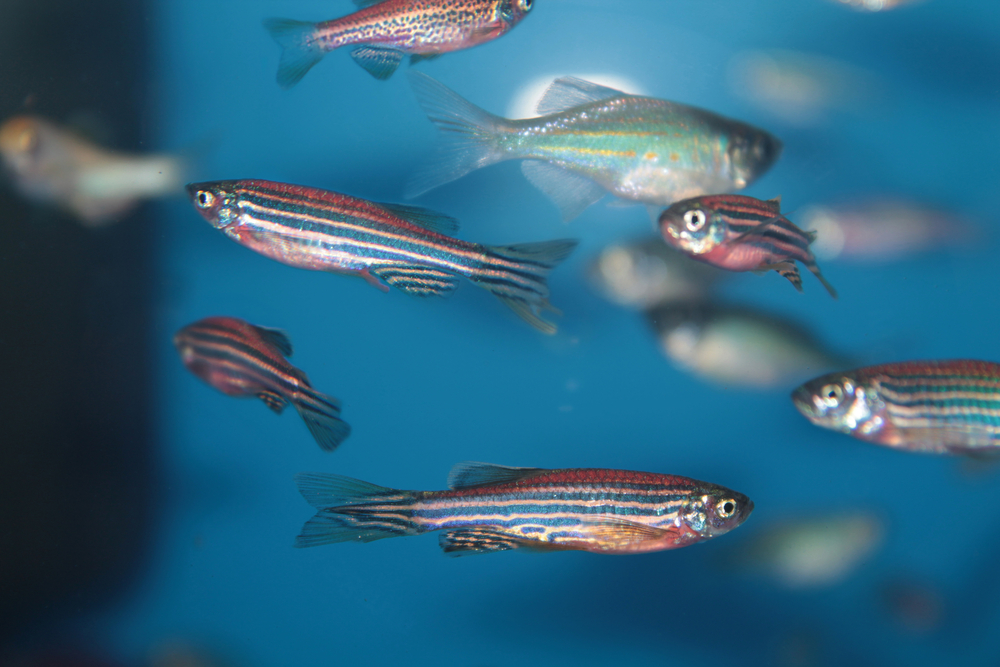
Zebrafish might be small, but their regenerative abilities are mighty. These tiny fish, popular in home aquariums and scientific labs, can regenerate fins, skin, heart tissue, and even parts of their brain and retina. This makes them invaluable in biological research, particularly in understanding organ regeneration. When a zebrafish loses a fin, a complex process begins where cells at the wound site de-differentiate, proliferate, and then differentiate again to form new tissue. This results in a regenerated fin that closely resembles the original.
Their ability to regenerate heart tissue is of particular interest to scientists. Zebrafish can repair heart damage by replacing lost cardiomyocytes, the cells responsible for heart contraction. This contrasts sharply with humans, who have a limited ability to regenerate heart tissue after injury. Research into zebrafish regeneration could eventually lead to breakthroughs in treating heart disease in people. These remarkable fish continue to be a beacon of hope for regenerative medicine and understanding the biological processes behind tissue regeneration.
8. African Clawed Frog

The African clawed frog is another amphibian with astonishing regenerative capabilities. While not as adept as the axolotl, these frogs can regenerate their hind limbs under certain conditions. The regenerative process in these frogs involves the formation of a blastema, a mass of undifferentiated cells that develop into new tissue. This ability is especially pronounced in their tadpole stage, but adult frogs retain some regenerative capacity as well. While their regeneration isn’t as perfect as that of the axolotl, it still showcases the diverse regenerative strategies among amphibians.
In addition to limb regeneration, African clawed frogs can repair damaged retina, spinal cord, and even parts of their heart. Their versatility makes them valuable models for studying regeneration and development. Scientists are particularly interested in understanding the molecular and genetic controls behind their regenerative processes. By doing so, they hope to apply these insights to human medicine, particularly in the fields of tissue engineering and regenerative therapies. The African clawed frog stands as a testament to the incredible regenerative potential found in the animal kingdom.
9. Cockroach
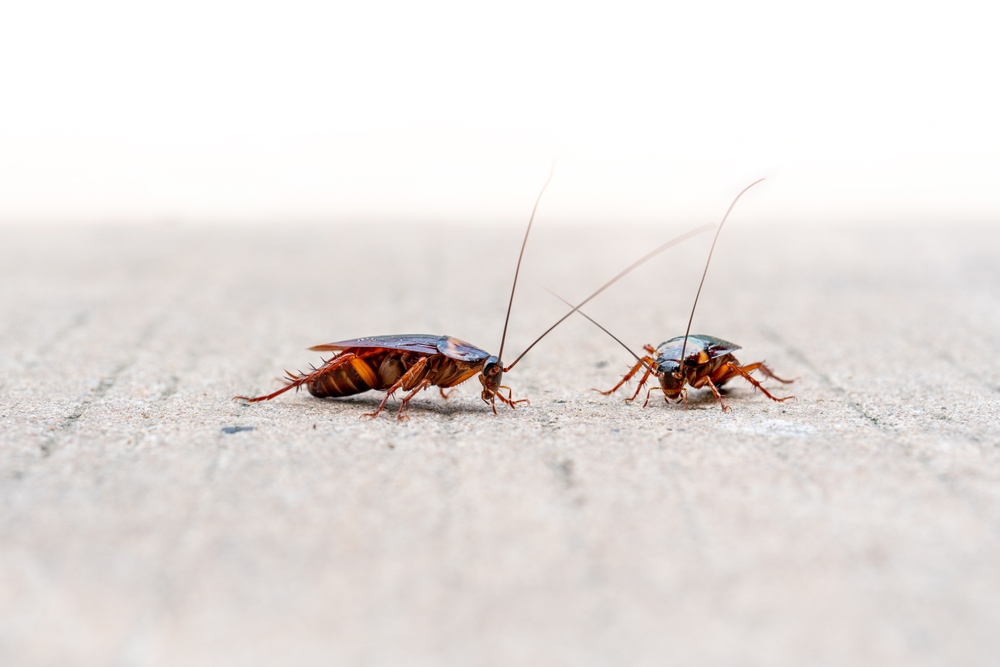
Cockroaches might not be the most beloved creatures, but their regenerative abilities are undeniably impressive. These resilient insects can regrow lost legs and even parts of their antennae. While it might take a few molting cycles, the regenerated parts often function as well as the originals. This ability contributes to their reputation for being nearly indestructible, surviving in environments where many other creatures would perish. Regeneration in cockroaches is a complex process involving cell proliferation and differentiation at the site of injury.
Their capacity to regenerate isn’t limited to just their limbs. Cockroaches can also repair minor damage to their exoskeleton, increasing their chances of survival. These regenerative abilities, combined with their adaptability, have helped them thrive for millions of years. Despite being a pest in many people’s eyes, cockroaches offer fascinating insights into the mechanisms of regeneration. Studying these processes can help scientists better understand similar mechanisms in other species, including humans.
10. Crayfish
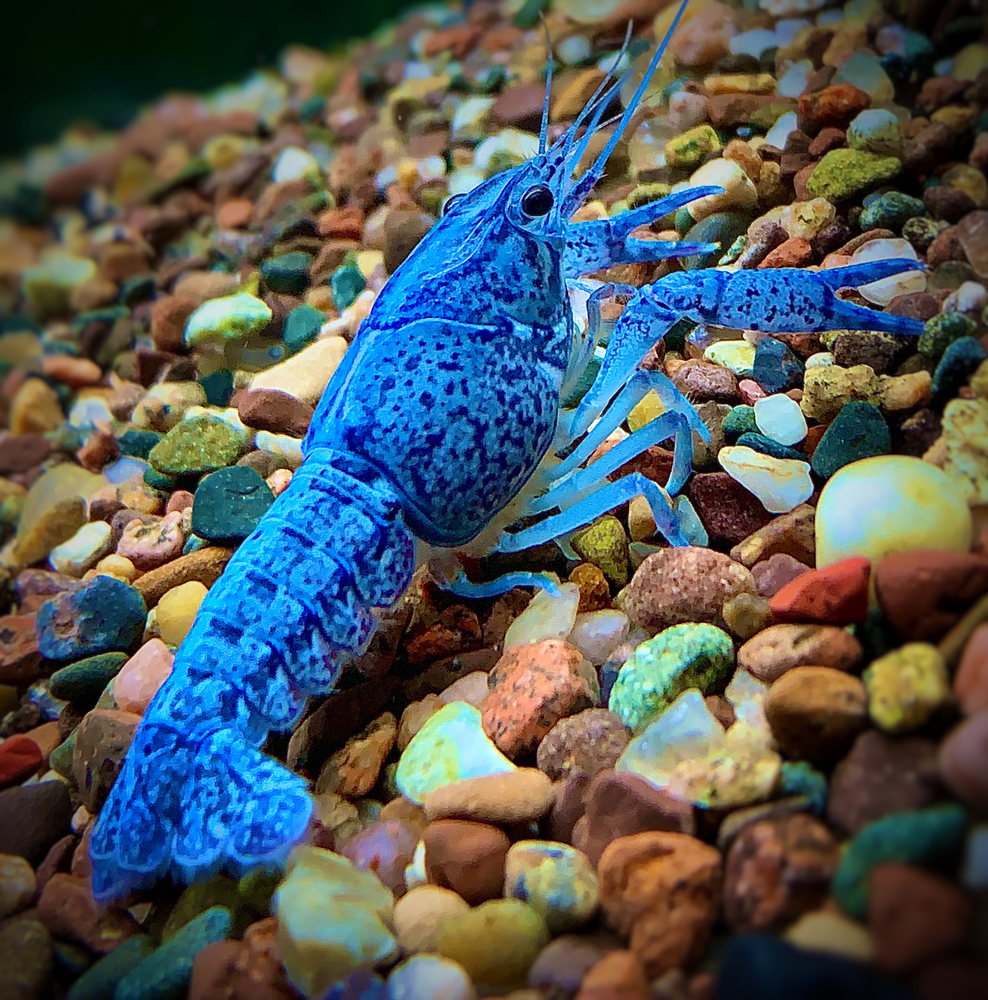
Crayfish, those freshwater crustaceans found in streams and rivers, have a talent for regeneration that is both practical and fascinating. These creatures can regenerate lost claws, legs, and even parts of their exoskeleton. This process is vital for survival, as claws play a crucial role in defense and food acquisition. When a crayfish loses a limb, it enters a molting cycle, shedding its old exoskeleton and growing a new one with the missing appendage. Although the new limb starts smaller than the original, it grows with each subsequent molt.
This regenerative ability is fueled by specialized cells called blastema cells that proliferate and differentiate to form new tissue. Over time, the regenerated limb matches the size and functionality of its predecessor. Crayfish regeneration is a subject of study for scientists interested in the molecular and cellular mechanisms behind this process. Understanding crayfish regeneration could provide insights into how similar processes might be harnessed in other species. These freshwater crustaceans demonstrate how regeneration can serve as a valuable adaptation in the natural world.
11. Deer
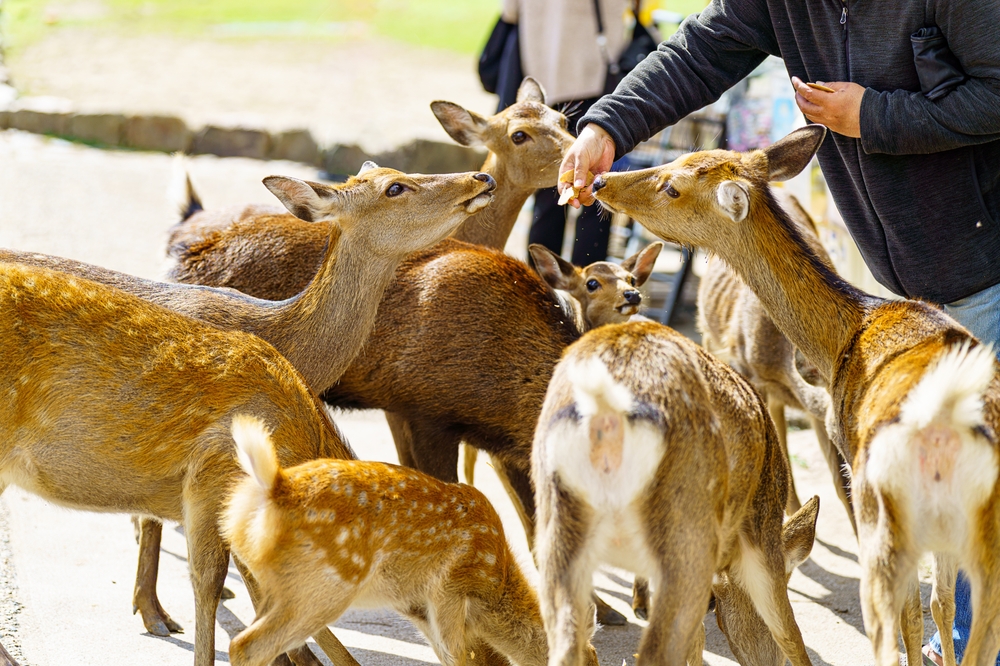
While not often thought of in terms of regeneration, deer showcase a unique form of this ability through their antlers. Every year, male deer shed their antlers and grow new ones in a process that involves rapid cell proliferation and tissue growth. This growth is one of the fastest in the animal kingdom, with antlers growing several centimeters per day during peak periods. The antlers start as soft tissue covered in a skin called velvet, rich in blood vessels and nerves. Over months, the velvet hardens into the bone, forming the mature antler.
This annual regeneration of antlers is driven by hormonal changes and involves intricate coordination of bone growth and mineralization. Researchers study deer antler regeneration to understand the principles of bone growth and tissue regeneration. Despite their formidable appearance, antlers eventually become dead tissue, ready to be shed and regrown in the next season. This cycle provides a fascinating example of regeneration in mammals, which tend to have more limited regenerative capabilities compared to other animal groups. Deer antlers remind us of the incredible diversity of regenerative strategies in nature.
12. Lobster
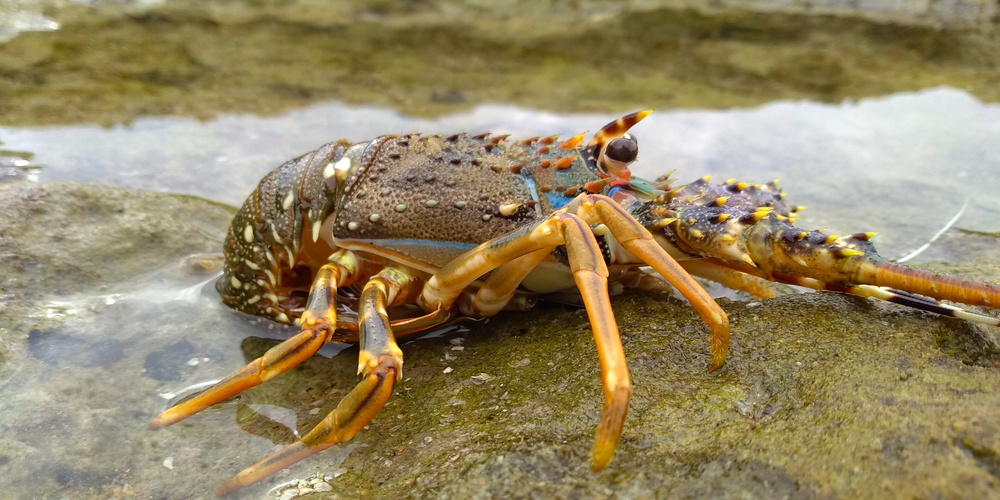
Lobsters, with their hard shells and impressive claws, also possess notable regenerative abilities. If a lobster loses a claw or leg, it can regenerate a new one over several molting cycles. This process is vital for their survival, allowing them to maintain their ability to hunt and defend themselves. As with crayfish, the regenerated limb begins smaller and grows larger with each molt until it matches the original. This capability highlights how regeneration can be an essential adaptation for crustaceans.
The regeneration in lobsters involves a complex interplay of hormones and cellular processes. Researchers are interested in the potential applications of studying lobster regeneration, as it could provide insights into limb regeneration in other species. Lobsters also continue to grow throughout their lives, molting and regenerating lost parts as needed. This makes them a unique subject of study in understanding both regeneration and growth in the animal kingdom. Despite being a culinary delicacy, lobsters possess biological marvels that captivate scientists and nature enthusiasts alike.
